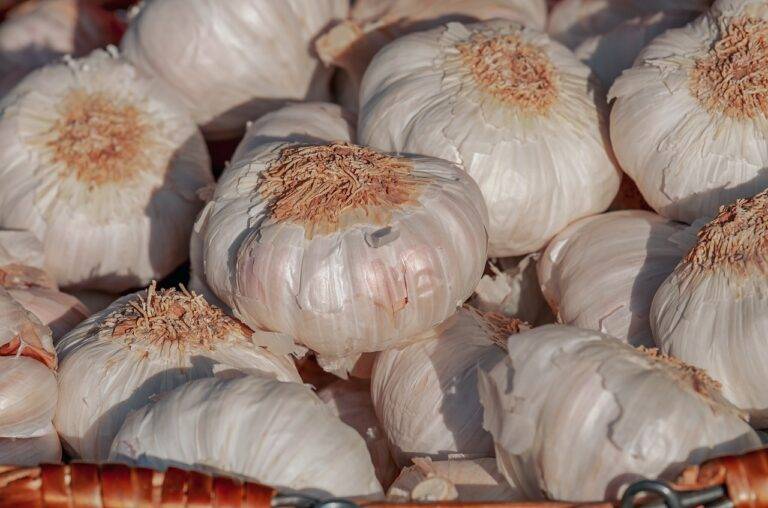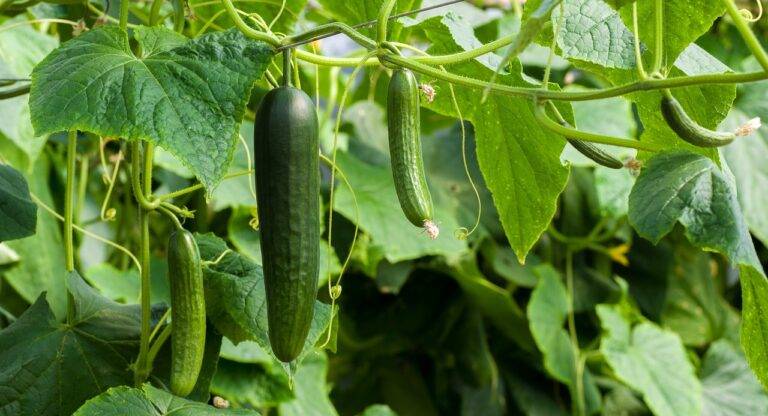The Globalization of Food: Exploring Culinary Cultural Exchange
Exploring the culinary landscape across continents unveils a rich tapestry of flavors, techniques, and traditions that have been passed down through generations. Each corner of the world offers a unique blend of ingredients and cooking styles that reflect the cultural diversity and historical influences that have shaped them. From the aromatic spices of South Asia to the hearty stews of Eastern Europe, there is a wide array of gastronomic delights waiting to be discovered.
In Africa, the vibrant cuisine showcases a harmonious fusion of indigenous ingredients with influences from the Middle East and Europe. Dishes like tagine from Morocco, injera from Ethiopia, and jollof rice from West Africa are just a glimpse into the diverse flavors that can be found across the continent. Meanwhile, the diverse regions of Latin America boast an eclectic mix of flavors, with dishes like ceviche from Peru, feijoada from Brazil, and mole from Mexico showcasing the rich culinary heritage of the region.
Historical Influences on Global Food Trends
Through centuries, the exchange of spices and ingredients among different civilizations has shaped the culinary landscapes we know today. The Silk Road, for instance, facilitated the spread of flavors like cinnamon, pepper, and nutmeg, altering the way people prepared and seasoned their dishes across continents. Additionally, the age of exploration in the 15th and 16th centuries led to the introduction of new foods to various regions, such as potatoes and tomatoes from the Americas making their way to Europe and subsequently influencing dishes worldwide.
Furthermore, colonization played a significant role in the global diffusion of food trends. European powers not only imposed their cuisines on conquered lands but also adopted elements from local diets, creating fusion cuisines that reflected a blend of cultural influences. This cross-pollination of culinary traditions led to the incorporation of ingredients like chili peppers in Indian cuisine or soy sauce in Western dishes, showcasing the interconnected nature of food evolution throughout history.
How has culinary diversity evolved across different continents?
Culinary diversity across continents has evolved over time due to various historical influences such as trade, colonization, and migration.
What role have historical influences played in shaping global food trends?
Historical influences have played a significant role in shaping global food trends by introducing new ingredients, cooking techniques, and flavor profiles to different regions.
How have ancient civilizations influenced modern food trends?
Ancient civilizations have influenced modern food trends by establishing agricultural practices, culinary traditions, and food preservation methods that have been passed down through generations.
What impact has colonization had on global food trends?
Colonization has had a significant impact on global food trends by introducing new ingredients, cuisines, and cooking styles to different regions around the world.
How has migration influenced the diversity of global food trends?
Migration has influenced the diversity of global food trends by bringing together different culinary traditions and creating fusion cuisines that reflect the cultural diversity of the population.
Can you provide examples of historical influences on modern food trends?
Some examples of historical influences on modern food trends include the spice trade introducing new flavors to European cuisine, the Columbian Exchange bringing potatoes and tomatoes to Europe, and the Silk Road spreading noodles and spices across Asia.





